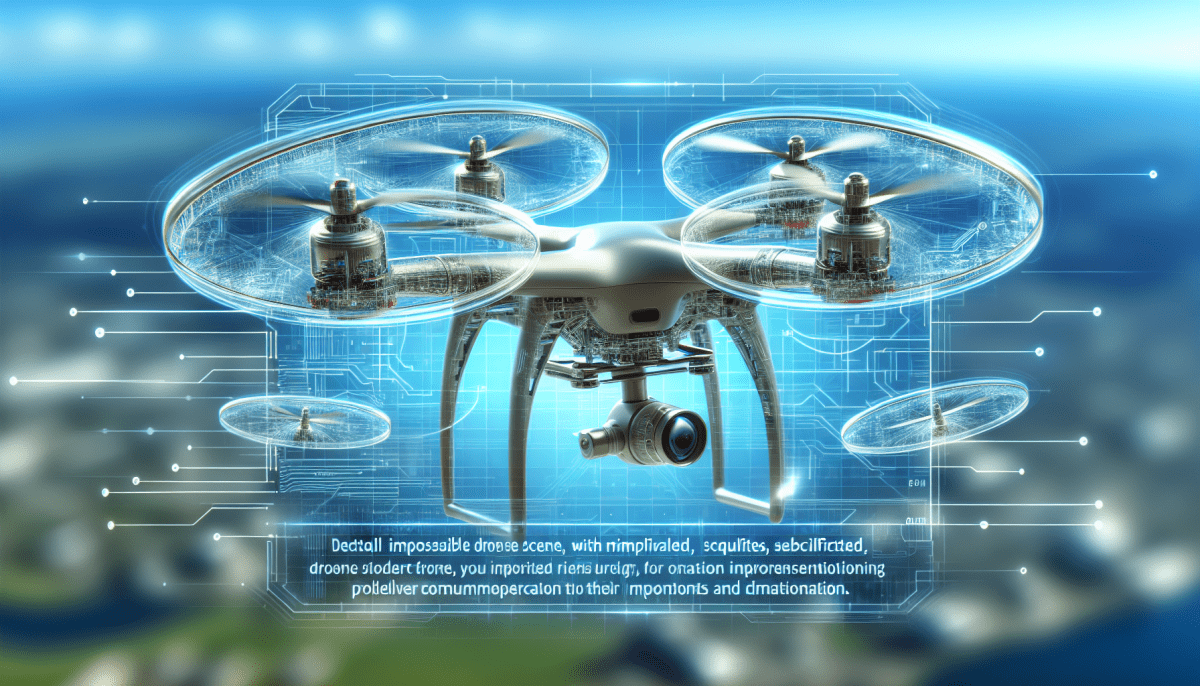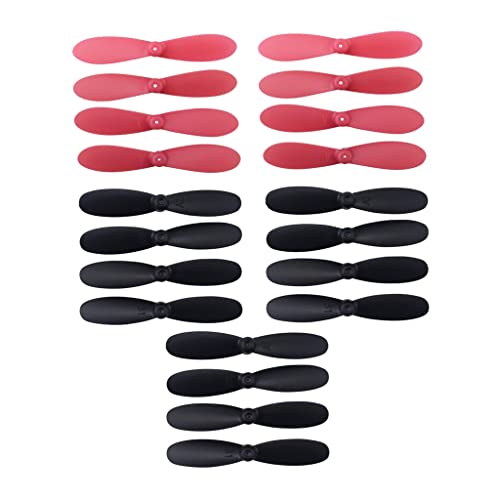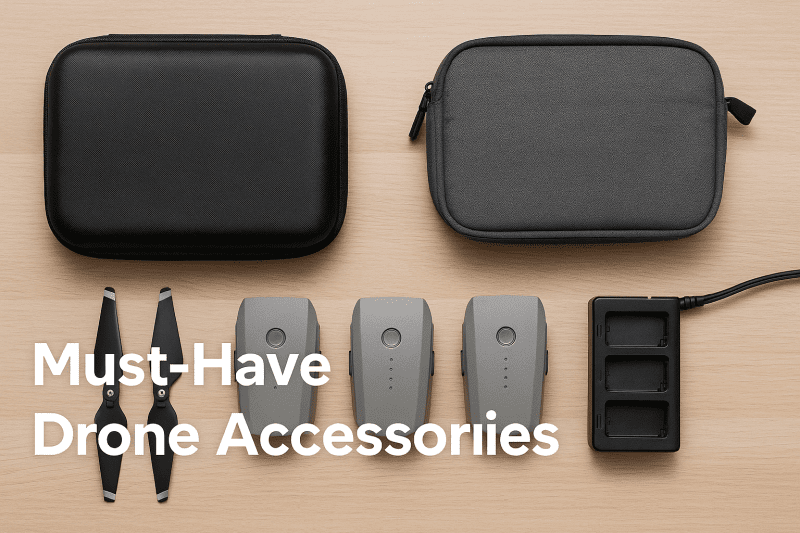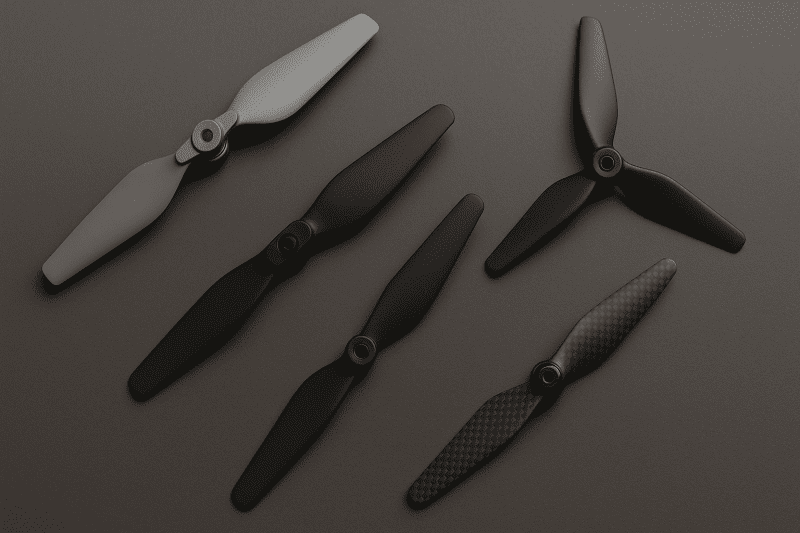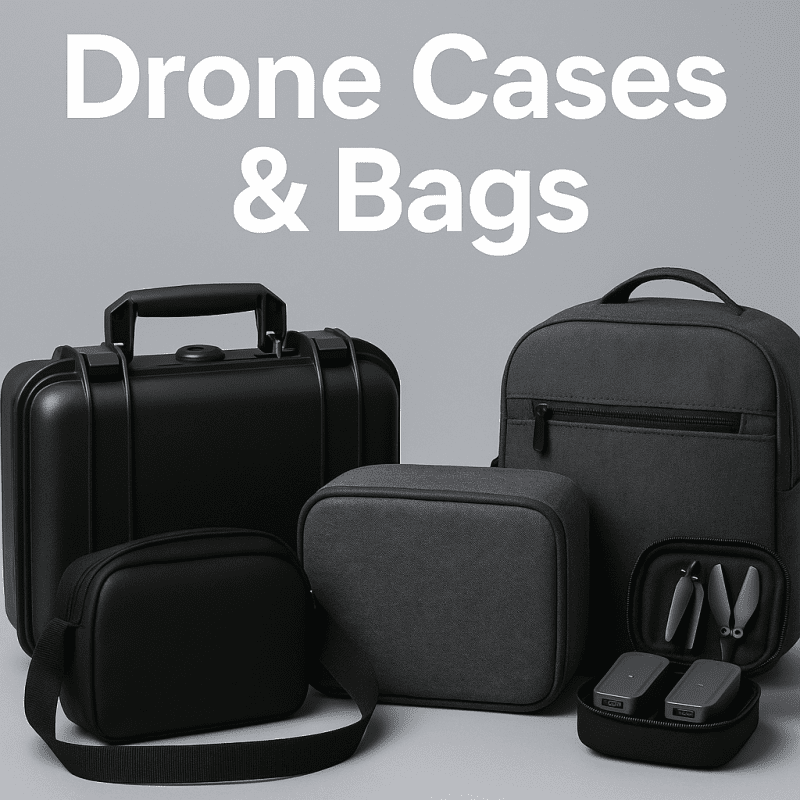As drones become increasingly popular for both recreational and commercial purposes, it's important to understand the components that make them work. One key component of any drone is the propeller. If you're new to flying drones, understanding the basics of drone propellers can help you choose the right ones for your needs, as well as help you better understand how your drone operates.
What is a drone propeller?
A drone propeller is a rotating blade that creates the lift necessary to keep a drone in the air. It works by using the principles of aerodynamics, or the way air moves over and around objects. As the propellers spin, they create a high-pressure area underneath and a low-pressure area above, which generates lift and allows the drone to fly.
Types of drone propellers
There are many different types of drone propellers available on the market, each with its own features and benefits. Some common types include:
- Fixed-pitch propellers: These are the simplest and most common type of drone propeller. They have a fixed angle and can only generate lift in one direction, so they are ideal for basic drone applications.
- Variable-pitch propellers: As the name suggests, these propellers can change pitch while in flight. This allows for greater control and maneuverability, making them a popular choice for professional and industrial drones.
- Folding propellers: These propellers can be folded back for easy transportation and storage. They are commonly used on smaller drones and are ideal for those who need to transport their drones frequently.
- Carbon fiber propellers: These propellers are lightweight and strong, making them ideal for high-speed or heavy-lift drone applications. They are also more durable than other types of propellers, so they are a good choice for those who need to use their drones in harsh environments.
Choosing the right drone propellers
Choosing the right drone propellers will depend on many factors, including the type of drone you have, the environment you'll be flying in, and the purpose of your flight. For example, if you need to carry a heavy payload, you'll need propellers that can generate a lot of lift. If you're flying in a windy environment, you'll need propellers that are more stable and can withstand gusty conditions.
When shopping for drone propellers, be sure to check the manufacturer's specs to ensure compatibility with your drone. It's also a good idea to read reviews from other drone enthusiasts to get an idea of the performance and reliability of different propellers.
Overall, understanding the basics of drone propellers is essential for any drone pilot. By choosing the right propellers for your drone and flying conditions, you can achieve optimal performance and ensure a safe and successful flight.
Choosing the Right Propellers for Your Drone: Factors to Consider
Picking the right propellers for your drone is crucial for optimal performance and flying experience. But with so many different types of propellers in the market, it's not easy to choose the perfect one for your drone. Here are some factors to consider when picking the best propeller for your drone.
Size and Pitch
The size and pitch of the propeller play a crucial factor in the drone's capability to take off, fly and land safely. A bigger propeller with a larger surface area will generate more thrust, leading to faster acceleration and higher top speeds. However, smaller propellers can provide better maneuverability and stability during tight turns and quick stops. The pitch of the propeller also affects the drone's speed and maneuverability.
Material and Build Quality
The material used to build the propeller can influence its durability, performance, and weight. Most drone propellers are made of either plastic or carbon fiber. Plastic propellers are cheaper, lightweight, and easier to replace, but they can brittler and more prone to damage. Carbon fiber propellers are more expensive, but they are much stronger, lightweight, and long-lasting, giving you more control and speed during-flight.
Number of Blades
The number of blades on your drone propellers can have a substantial impact on your drone's performance. A two-bladed propeller can give you more speed and better lifting capacity, while a three-bladed propeller offers improved stability and handling, making them the ideal choice for flying in rough weather conditions. Four-bladed propellers give more power but slower rotations, making them suitable for heavy-lift and slow-flying drones.
Motor KV
The KV rating of your drone's motor determines the appropriate size and pitch of the propeller. Higher-KV rated motors go with a lower pitch but require smaller propellers. Lower-KV motors require larger propellers with a higher pitch. It's crucial to pick a propeller that is within the manufacturer's recommended specification for your drone's motor KV.
In conclusion, picking the right propeller for your drone is not as easy as it may seem. It's important to consider different factors such as size, pitch, material, build quality, number of blades, and the motor's KV to ensure the optimum performance, stability, speed, and durability of your drone. Remember to always follow the manufacturer's recommendations for your specific drone model to make the right choices for your specific needs.
Maintaining and Replacing Drone Propellers: Tips for Longevity and Performance
Drone propellers are an essential component of any UAV. These small but mighty parts keep the drone in the air, and without them, the entire system would fail. That's why it's crucial to maintain and replace drone propellers regularly. In this article, we'll explore some tips on how to prolong the life of your drone propellers and improve their performance.
Clean Your Propellers Regularly
Dust, dirt, and debris can accumulate on your drone propellers after several flights. That buildup can cause imbalance, which affects the drone's performance. So, it's essential to clean the propellers after each use. A soft-bristled brush or a microfiber cloth can do the job. You can also use isopropyl alcohol to remove stubborn dirt and grime. Be gentle when cleaning the propellers to prevent damage.
Check for Cracks and Damage
Check your drone propellers' condition before each flight. Look for any visible cracks, chips, or damage that may affect their performance. Even small cracks can lead to significant issues if left unattended, so replace any damaged propellers before flying your drone.
Inspect for Loose Screws
Drone propellers are held in place by screws, and loose screws can cause imbalance and affect drone performance. Before each flight, take a few minutes to inspect the screws that attach your propellers. Check for any looseness, and fix it immediately. It's also a good idea to carry a small screwdriver with you whenever you're flying your drone, as it allows you to fix any issues quickly.
Replace Damaged or Worn Propellers
Damaged or worn propellers can cause your drone to crash, resulting in extensive damage or even total loss. To avoid these issues, replace any damaged or worn propellers immediately. Drone manufacturers usually provide compatible propellers, so make sure to purchase the correct ones for your drone.
Keep a Spare Set of Propellers
Maintaining and replacing drone propellers can be time-consuming and costly, especially if the drones' specifications are not standard. To avoid delays and save money, always keep a spare set of propellers on hand. That way, you can replace damaged or worn propellers quickly and continue flying without interruption.
Conclusion
Drone propellers are a vital component of any UAV, and their proper maintenance and replacement ensure longevity and performance. Keep your drone propellers clean, inspect them for damage, and replace them when necessary. With these tips, you can enjoy many hours of safe and trouble-free flying with your drone.
20PCS Propellers for Mini Quadcopters
Upgrade Your Mini Quadcopter's Performance with These 20 Propellers
Product information
$16.04
Product Review Score
4.43 out of 5 stars
199 reviews